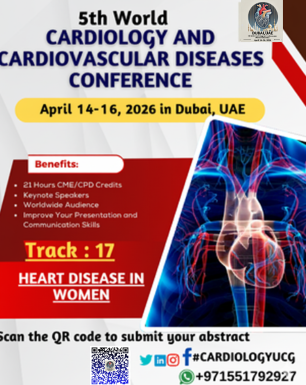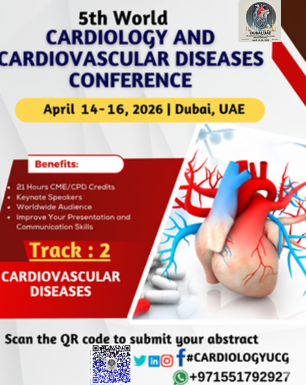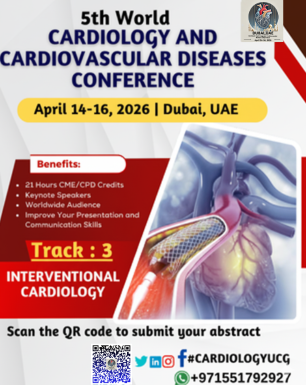Sub-tracks of heart-disease-in-women
Risk Factors for Heart Disease in Women, Hormonal Changes and Heart Disease, Cardiovascular Risk After Menopause, Pregnancy and Heart Disease, Pre-eclampsia and Future Heart Risk, Diabetic Cardiovascular Risk in Women, Hypertension in Women, Smoking and Heart Disease in Women, Obesity and Heart Disease in Women,
An overview of the heart-disease-in-women
Heart disease in women is a leading cause of morbidity and mortality globally. Although heart disease is often perceived as a condition primarily affecting men, it is equally important in women, and in some cases, even more deadly. Women experience heart disease differently from men, and the risk factors, symptoms, diagnosis, and treatment can vary significantly. Understanding these differences is crucial for improving outcomes and reducing the impact of cardiovascular diseases in women.
· Prevalence:
- Heart disease is the leading cause of death
among women worldwide, surpassing even cancer.
- The risk of heart disease increases
significantly as women age, particularly after menopause when protective
hormonal effects decrease.
· Risk Factors Unique to Women: Women
face several unique risk factors for heart disease, some of which are more
prominent in their later years:
- Hormonal Changes: Estrogen provides protective effects on the
heart, but after menopause, women lose this protection, making them more
susceptible to heart disease. This transition increases the risk of
atherosclerosis and other cardiovascular problems.
- Pregnancy-Related Conditions: Pregnancy complications like pre-eclampsia,
gestational diabetes, and gestational hypertension are
linked to an increased lifetime risk of developing heart disease.
- Diabetes: Women with diabetes are at a higher risk of
cardiovascular disease than men with diabetes, and the severity of
cardiovascular outcomes tends to be worse in women.
- Stress and Mental Health: Depression and stress are more common in
women and can contribute to the development and progression of heart
disease.
- Autoimmune Conditions: Diseases like lupus, rheumatoid arthritis,
and other autoimmune conditions are more common in women and increase
their risk of heart disease due to chronic inflammation.
- Obesity: Women tend to develop obesity-related heart
disease at a younger age compared to men, with abdominal obesity being a
significant risk factor.
· Symptoms of Heart Disease in Women:
- Women may experience heart disease symptoms
differently than men. While chest pain (angina) is common, women are more
likely to report atypical symptoms such as nausea, shortness of
breath, fatigue, dizziness, pain in the back, jaw, or neck, and
indigestion.
- These atypical symptoms can sometimes
delay diagnosis, as they may be misinterpreted as something less serious.
· Heart Disease in Women and Heart Attack:
- Women are more likely to experience "silent"
heart attacks, where there are no clear symptoms or the symptoms are
not recognized immediately.
- When women have heart attacks, they tend to be
older than men at the time of the first heart attack and may have more
advanced disease.
- Women are also more likely to have small
vessel disease (microvascular disease), which affects the smaller
arteries of the heart and can be harder to diagnose.
· Atherosclerosis in Women:
- Atherosclerosis, the buildup of plaques in the
arteries, is a major contributor to heart disease. Women are more likely
to develop "plaque rupture" or coronary artery spasm
in smaller blood vessels, which can cause heart attacks.
- Women may also have a greater propensity for
developing coronary artery disease after menopause, due to the lack of
estrogen’s protective effects on blood vessels.
· Diagnosis:
- Diagnosis of heart disease in women can be more
challenging, as women tend to have smaller coronary arteries and may not
show the typical signs on standard tests like ECG or stress tests.
- Women are also less likely to be diagnosed
early or receive aggressive treatment for heart disease, in part because
of the perception that heart disease is more of a "man's
disease."
- Advanced imaging techniques and a focus on
individualized risk factors are important for diagnosing heart disease in
women.





